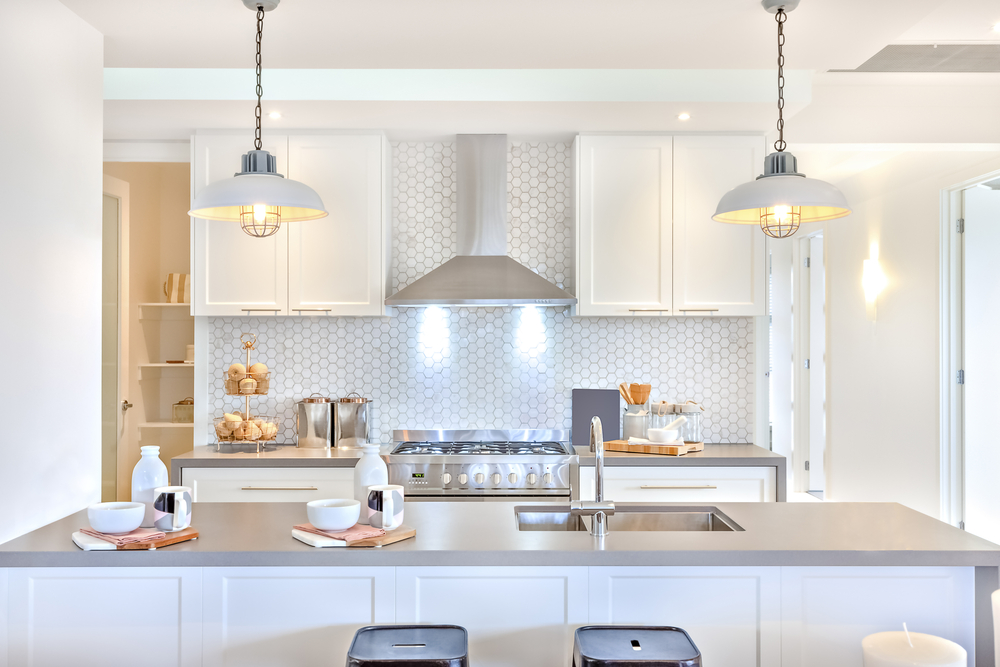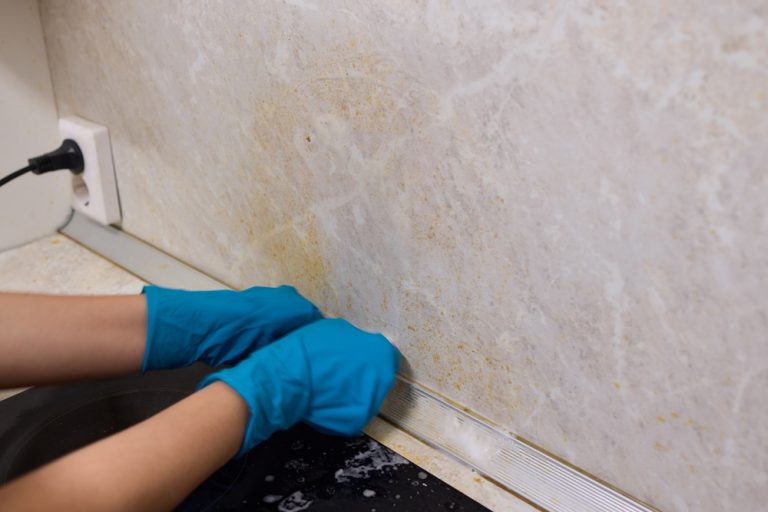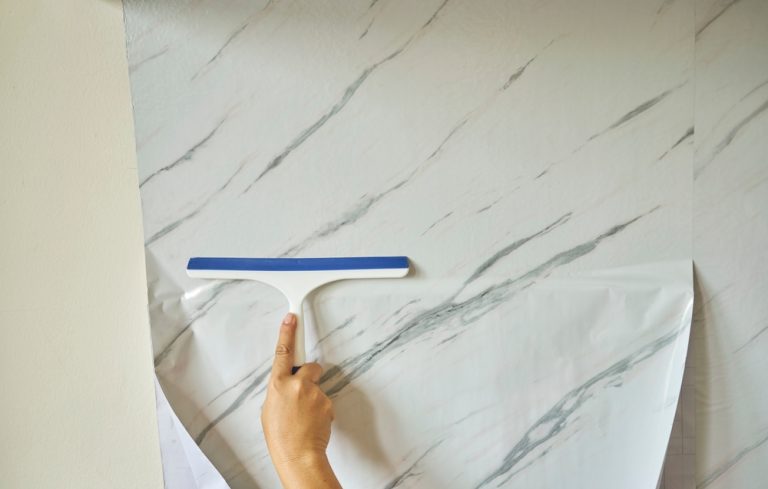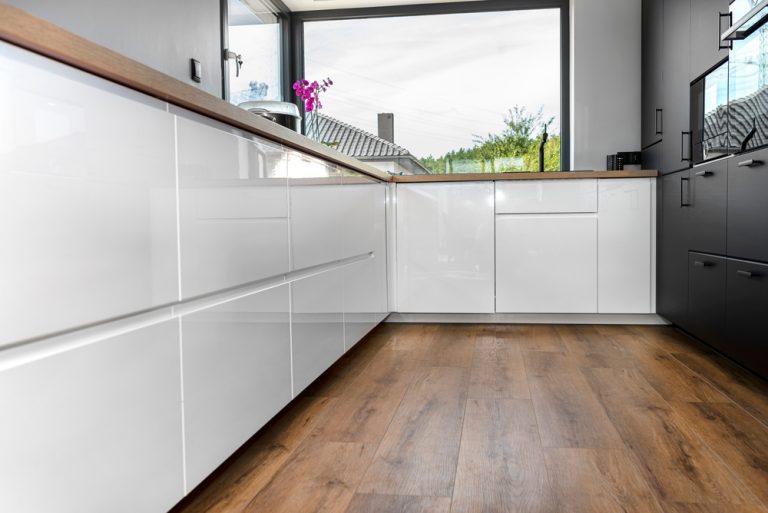Can You Tile Over Wall Tiles in Kitchen?

When renovating a kitchen, replacing outdated wall tiles can make a big impact on the overall look. However, the idea of removing old tiles can seem overwhelming due to the time, effort, and cost involved. This leads many homeowners to wonder, can you tile over wall tiles in kitchen? The good news is that it is possible to tile over existing wall tiles, provided certain conditions are met.
In this blog, we’ll explore the factors to consider before tiling over wall tiles, the benefits and challenges, and how to ensure a successful installation.
Is It Possible to Tile Over Wall Tiles in a Kitchen?
Yes, you can tile over existing wall tiles in the kitchen. However, it’s important to assess the condition of the current tiles before proceeding. The existing tiles must be structurally sound, free from cracks, and firmly adhered to the wall. If the tiles are loose or damaged, it’s best to remove and replace them before applying new tiles. Understanding can you tile over wall tiles in kitchen starts with knowing the state of your current tiles and whether they can support a new layer.
Benefits of Tiling Over Existing Wall Tiles
Tiling over existing tiles can offer several benefits, especially when you’re looking to save time, effort, and money on your kitchen renovation. Here are some of the key advantages:
Time-Saving
Removing old tiles is a labor-intensive and time-consuming process that can leave behind dust, debris, and damage to the walls. By tiling over the existing tiles, you can significantly reduce the time spent on demolition and preparation.
Cost-Effective
In addition to saving time, tiling over wall tiles can also be more cost-effective. You eliminate the need to buy extra materials like drywall or repair supplies, and you’ll save on labor costs if you hire a professional. Tiling over existing tiles allows you to refresh your kitchen at a fraction of the cost.
Less Mess and Disruption
Kitchen renovations can be messy, especially when demolition is involved. Tiling over existing wall tiles reduces the mess associated with tearing out old tiles and minimizes the disruption to your daily life. You can maintain a cleaner work environment and speed up the overall process.
Also Read – How to Get Grease Off of Kitchen Walls?
Challenges of Tiling Over Wall Tiles in the Kitchen
While tiling over wall tiles is an attractive option, it does come with its own set of challenges. It’s essential to be aware of these potential issues before deciding to move forward with this method.
Increased Wall Thickness
When you tile over existing tiles, you’re adding an extra layer, which increases the overall thickness of the wall. This can present issues around edges, windows, outlets, and other kitchen fixtures. You’ll need to ensure that the added thickness won’t interfere with cabinets, countertops, or electrical outlets.
Surface Preparation
For the new tiles to adhere properly, the surface of the old tiles needs to be prepared carefully. This involves cleaning the tiles thoroughly to remove any grease, dirt, or residue, as well as sanding the surface to create a rough texture that allows for better bonding.
Weight Considerations
The wall must be strong enough to support the weight of both the old and new tiles. If the original wall wasn’t constructed to hold a lot of weight, adding an additional layer of tiles could lead to structural issues down the line. If in doubt, consult with a professional to assess the load-bearing capacity of the wall.
Steps to Tile Over Wall Tiles in the Kitchen
If you’ve decided that tiling over your existing wall tiles is the right option, it’s important to follow the correct process to ensure a successful installation. Here’s a step-by-step guide to help you achieve the best results.
Step 1: Inspect and Repair the Existing Tiles
Before tiling over the existing wall tiles, inspect them for any damage. Check for loose tiles, cracks, or uneven surfaces. If any tiles are damaged, they should be removed and replaced before tiling over them. Any gaps left by removed tiles should be filled with a suitable tile adhesive or filler.
Step 2: Clean the Surface
Cleaning the old tiles is a crucial step to ensure proper adhesion. Grease, dust, and residue can prevent the new tiles from sticking. Use a degreaser or a mild detergent to thoroughly clean the tiles. Rinse with clean water and allow the tiles to dry completely.
Step 3: Sand the Tiles
To create a rough surface that helps the new tiles adhere, lightly sand the old tiles. Use sandpaper or a sanding block to rough up the surface of the tiles. This helps the tile adhesive bond more effectively. After sanding, wipe down the tiles with a damp cloth to remove any dust.
Step 4: Apply Tile Adhesive
Once the surface is clean and sanded, apply a high-quality tile adhesive designed for tiling over existing tiles. Use a notched trowel to spread the adhesive evenly across the wall. Make sure the adhesive is suitable for the type of tiles you’re installing (e.g., ceramic, porcelain, or stone).
Step 5: Install the New Tiles
Carefully press the new tiles into the adhesive, starting from the bottom and working your way up. Use tile spacers to maintain even gaps between the tiles. As you go, check that the tiles are level and aligned properly. Allow the adhesive to set according to the manufacturer’s instructions before proceeding.
Step 6: Grout and Seal the Tiles
After the adhesive has dried, apply grout between the tiles using a grout float. Be sure to wipe away excess grout with a damp sponge before it dries. Once the grout has cured, apply a grout sealer to protect the tiles from moisture and staining, especially in the kitchen where grease and spills are common.
When Tiling Over Wall Tiles Might Not Be Ideal?
While tiling over existing tiles can be a great solution for many kitchen renovations, there are situations where it may not be the best option. Here are a few reasons why you might consider removing the old tiles before installing new ones:
Extensive Damage to Existing Tiles
If the existing tiles are severely cracked, loose, or uneven, tiling over them may not provide a stable surface. In this case, removing the old tiles and starting with a fresh surface is a better option to ensure a long-lasting result.
Structural Issues
If the wall behind the tiles has any structural issues, such as water damage or mold, it’s important to address these problems before installing new tiles. Simply covering the existing tiles won’t solve underlying issues and could lead to further damage in the future.
Conclusion
So, can you tile over wall tiles in kitchen? The answer is yes, but with some important considerations. Tiling over existing wall tiles can save time, money, and effort, making it an attractive option for many homeowners.
However, it’s crucial to ensure that the existing tiles are in good condition and the surface is properly prepared for the new installation. With careful planning and the right materials, tiling over wall tiles can be an effective way to give your kitchen a fresh, updated look without the hassle of demolition.




